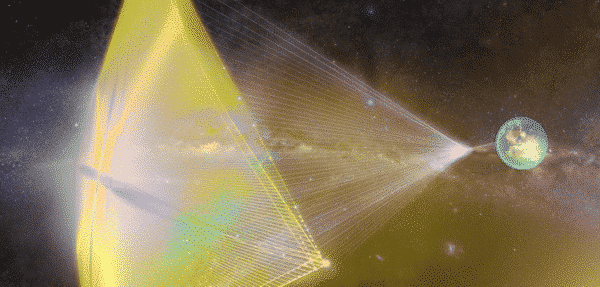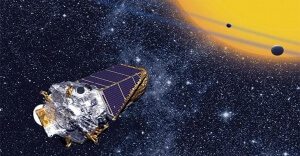Although the Kepler mission has recently provided us with a large number of Earth-like exoplanets, most are located far, far away. This one isn’t. In fact, it’s our closest neighbor.
Over the course of the past few years, the Kepler space telescope and its assorted missions have turned up an impressive number of Earth-like planets that could be potential candidates for harboring alien life. Since its launch in 2009, Kepler has supplied over 4,000 exoplanet candidates, with hundreds of them being terrestrial in nature and orbiting their parent star in the so-called Goldilocks zone. The search for extraterrestrial worlds continues and with every new discovery it’s only getting more intense.
In a recently published article, German newspaper Der Spiegel reports that astronomers are enthusiastic about the most recent foray into exoplanet activity, one that yielded what could very well be the most exciting news yet: an Earth-like planet was found to orbit Proxima Centauri. At its closest, the star and its solar system is located just 4.13 light-years from us. That still equates to a mind-boggling 25 billion miles or so but in astronomical terms, this is virtually a stone’s throw away since Proxima Centauri is the closest star to us. And if it’s being orbited by a planet similar to our own, this could mean life as we know it might be much more common than we previously thought.
Proxima Centauri means nearest Centaur star in Latin. A red dwarf with a mass eight times smaller than our Sun, P. Centauri was discovered in 1915 by Scottish astronomer Robert Innes. Since then, space observers have suspected the star takes part in a cosmic dance with α-Centauri A and α-Centauri B, the stars that make up the binary system Alpha Centauri. If we didn’t know space better, we’d say it’s ironic that the smallest and faintest of the ternary system might have birthed a rock similar to the one we inhabit. But space follows not the human concepts we’re so accustomed to.
https://youtube.com/watch?v=j3x4iQBvd8E%2520mode%3Dnormal%2520autoplay%3Dno%255D
The discovery was made using the European Southern Observatory (ESO) with data being supplied by the La Silla Observatory located in Chile’s Atacama Desert.
“The still nameless planet is believed to be Earth-like and orbits at a distance to Proxima Centauri that could allow it to have liquid water on its surface — an important requirement for the emergence of life,” the article stated. “Never before have scientists discovered a second Earth that is so close by.”
The article claims the ESO will announce their finding this month and if they can confirm the discovery of the exoplanet, the news will hit like a hammer. Unfortunately, ESO spokesman Richard Hook declined to report on the subject. “We are not making any comment,” he said.
Previously, Earth’s closest “twin” was considered to be Kepler 452b, a planet 60% larger than our own and with twice the gravity on its surface. Astronomers have reason to suspect it could be shaped by phenomena and geological processes similar to those on Earth. But despite the tantalizing bits of information we have about Kepler 452b, the exoplanet is located 1,400 light-years away from us, eliminating the possibility of visiting the planet anytime in the near future.
On the other hand, the recently discovered planet in the constellation of Centaurus could mark the first destination in mankind’s (official) interstellar travels. Understandably, this finding has thrilled groups like Project Starshot who advocate for pushing the envelopes of space exploration and eventually, colonization. An integral part of Russian billionaire Yuri Milner’s Breakthrough Initiatives, Starshot enjoys the backing of prominent scientific figures such as Steven Hawking. Their aim is to deploy an ultra-fast light-driven nanocraft that would use lasers to reach a speed of over 100 million miles per hour.

Project Starshot engineers are confident their craft could potentially reach 20% of the speed of light. If their estimations are correct, the nanocraft could reach Proxima Centauri in 20 years or so. Only the most optimistic predictions dared dream about finding a terrestrial, potentially habitable world so close to home.
“The discovery of possible planet around Proxima Centauri is very exciting. It makes the case of visiting nearby stellar systems even more compelling, though we know there are many exoplanets around other nearby stars and it is very likely that the Alpha Centauri system will also have planets.”—Project Starshot’s Prof. Phillip Lubin told Universe Today.









